21+ SAMPLE After Action Plan
-
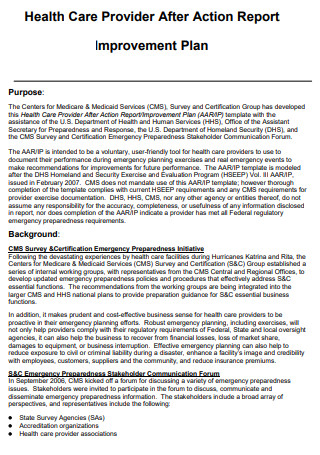
Health Care Provider After Action Plan
download now -
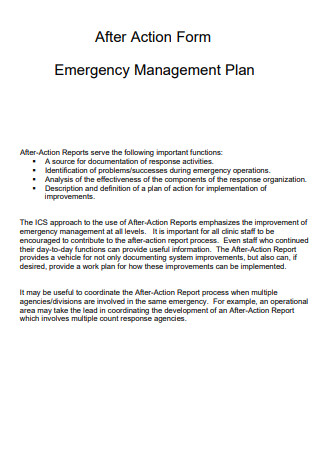
After Action Form Emergency Management Plan
download now -
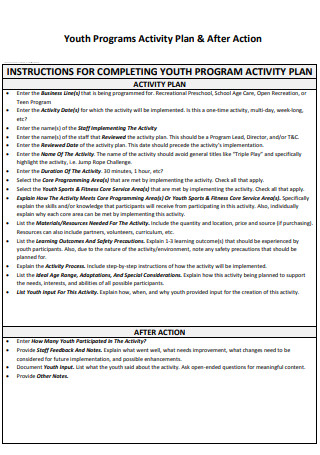
After Action Activity Plan
download now -
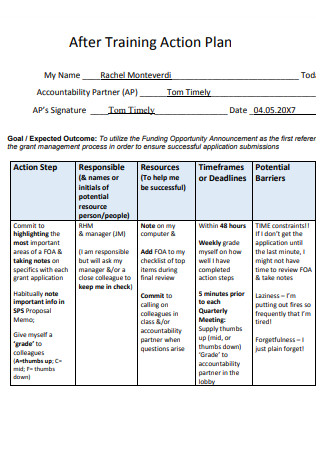
After Training Action Plan
download now -
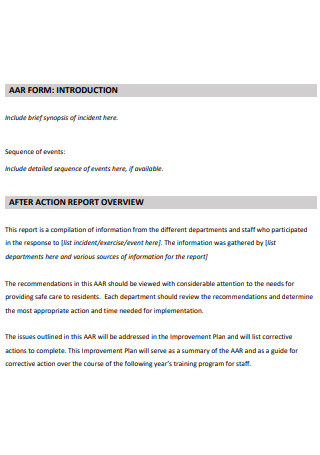
After Action Report Plan
download now -
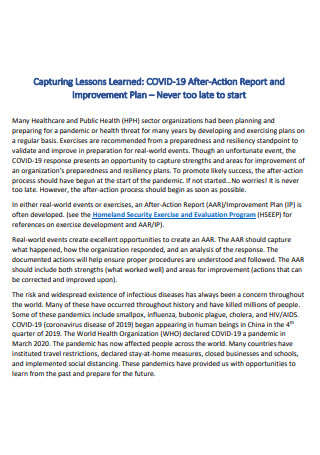
Covid 19 After Action Report And Improvement Plan
download now -
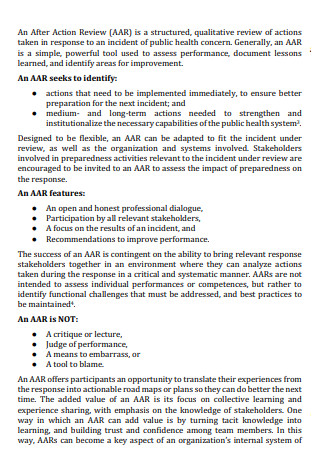
After Action Review Plan
download now -
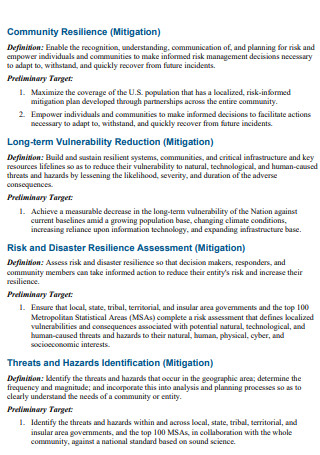
After Action Report Improvement Plan
download now -

After Action Corrective Plan
download now -
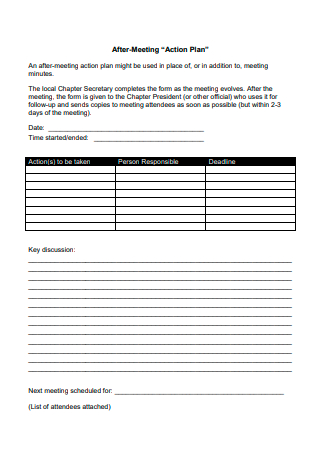
After Meeting Action Plan
download now -
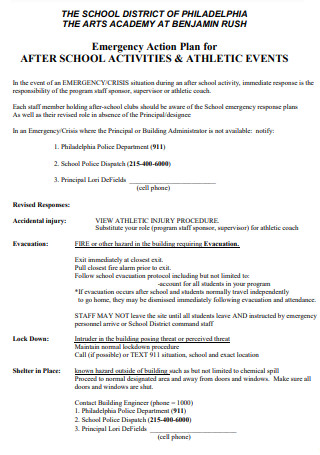
After School Action Plan
download now -
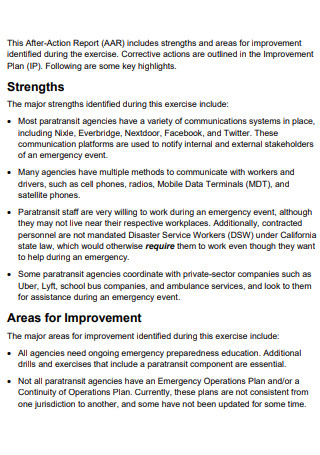
Sample After Action Plan
download now -
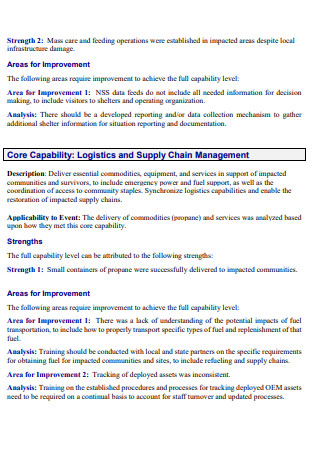
Emergency Management After Action Plan
download now -
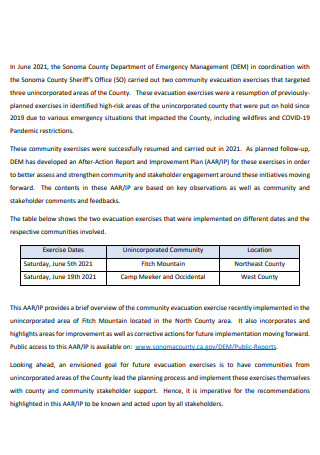
Basic After Action Plan
download now -
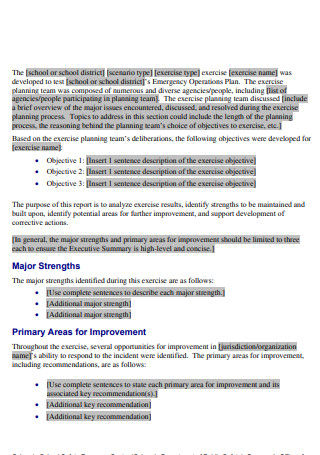
After Action Plan Template
download now -
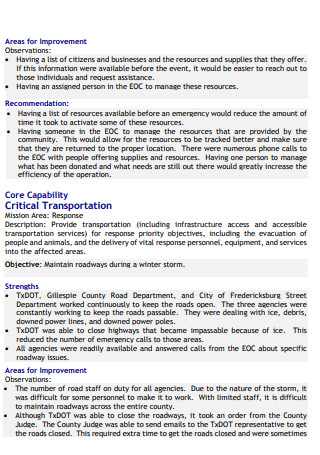
Incident After Action Plan
download now -
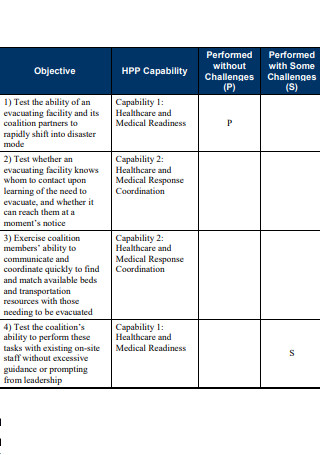
After Action Plan Example
download now -
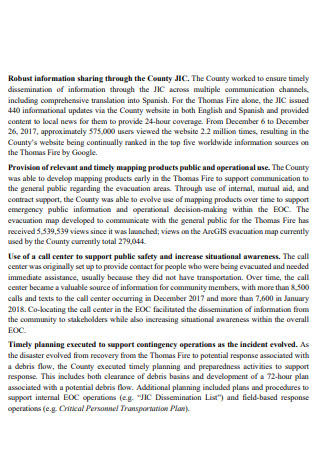
After Action Plan Format
download now -

Printable After Action Plan
download now -
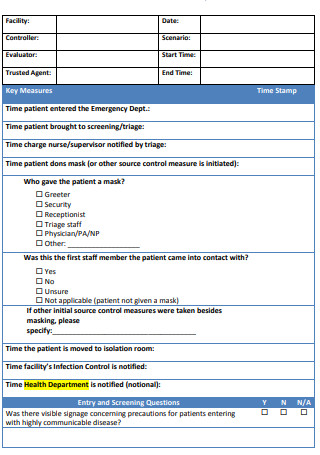
After Action Plan in PDF
download now -
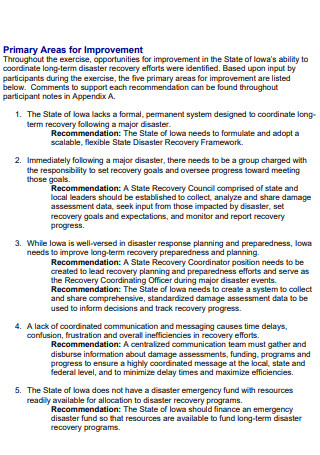
Formal After Action Plan
download now -
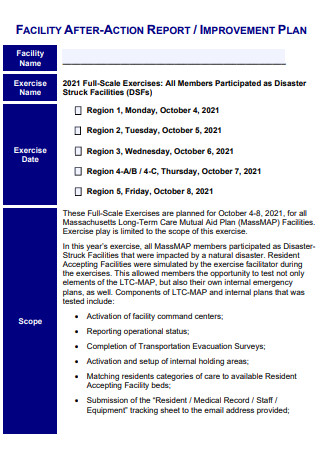
Facility After Action Plan
download now
What Is an After Action Plan?
An after-action plan is a planned review or debriefing process for examining what occurred, why it happened, and how parties and those responsible for the project or event can do better in the future. The United States Army created AARs in their formal sense. Statistics show that up to 67 percent of strategic planning is unsuccessful.
Benefits of After Action
If your firm or team isn’t conducting an after-action because it “takes too much time,” if you’re caught up in the complacency of victory, or if you’re applying yesterday’s results and expecting they will work today, don’t fret. You’ll soon be able to overlook all the hard work that goes into knowledge and staying relevant. Instead, you’ll be able to ask your competitors how they’ve won, as they are the ones who will benefit from consistent, organizational learning. After every significant training evolution and operation, the military conducted an after-action review to record and share knowledge from the perspective of every participant at every level. Here are six additional reasons why an after-action evaluation is essential for maintaining relevance:
Tips For Creating an Action Plan
Writing an action plan may seem complicated, but it’s worth the effort to stay focused in the future, and a simple framework can help provide clarity. Although action plans can vary in tasks and deadlines, they typically adhere to the same structure and include the same types of information. Create a plan of action to assist you in achieving your objective by following these five steps:
1. Seek Clarity
The first stage in developing an action plan is determining what you want. Clarity is the essential quality of goal-setting and possibly the essential quality of achievement. Instead of vague goals such as more money, excellent health, and happiness, be specific about how much cash you want to earn within a particular time frame or what degree of fitness you seek. To work like a well-oiled engine, you must establish multidimensional goals applicable to all aspects of your life. You must set objectives for your health, employment, finances, relationships, personal and professional development, as well as your community and spiritual development. This quickly separates you from the majority of others, as the majority have no idea what they truly desire. Most individuals are unknowingly preoccupied with failure anxiety, which prevents them from defining clear, explicit goals. If you do not create clear, detailed objectives, it is impossible to fail to attain them because they are so ambiguous.
2. Create an action list
Create a list of the things you must perform to achieve your objective. This procedure involves subdividing your primary purpose into smaller goals. Doing so can make the ultimate objective seem less daunting and approach it in an organized, step-by-step manner. Ensure that the actions are achievable and relevant to your goal. If a given task appears too ambiguous or scary, it can be subdivided into two or three smaller, more manageable tasks. For instance, if you want a promotion, you may need to complete several activities, such as hitting a performance standard or acquiring a new skill. Learning a new skill is work that should likely be divided into smaller, well-defined steps. Clearly outline each activity to develop a plan to help you achieve your ultimate objective.
3. Set a timeline
In addition to specifying a deadline for your primary objective, you should also develop a timeline for finishing each job included in the process. It is crucial to create a timeline you can adhere to to make constant progress toward your objective. Evaluate the criteria and evaluate the time necessary to finish each item on your list. For instance, with social media and search engine optimization, you wish to grow website traffic by 100 percent in one year. Set a deadline for attaining each task’s desired outcome, such as boosting your social media following by 30 percent in four months and reaching the first page of web search results for specific keywords in six months.
4. Designate resources
You may assign duties to several individuals if you manage a significant project. Evaluate your team’s talents and abilities to identify the most qualified to accomplish each task. Then, record who will be in charge of the aim and the necessary resources, such as money, equipment, and personnel, to fulfill the assignment. For instance, if you manage a marketing campaign, you must determine which team members excel at planning, content generation, social media marketing, and search engine optimization. Additionally, you should have the programs and resources necessary for content creation, graphic design, and marketing analytics.
5. Monitor the progress
Describe how you will ensure the timely completion of each item in your action plan by using internal reporting or holding regular meetings. Doing so will give you a more profound knowledge of your progress toward your objective. Specify the milestones and quantifiable measurements, such as sales or market share, to track the plan’s progress. For instance, by the end of the year, you want your customer service department to be able to handle 1,000 questions per day. You must have at least ten customer service representatives to reach your objective. You can quickly determine how close you are to achieving your ultimate aim by evaluating the number of inquiries you can manage and the number of customer service professionals you have at the halfway point of the year.
How to Conduct an After-Action Review
After-action reviews can have multiple effects on a firm. They facilitate easier identification of team and project strengths. Additionally, they make it simpler to identify areas of weakness and strategies to strengthen them. In conclusion, an after-action review provides knowledge, which, as the adage goes, is power. Without understanding what went wrong, improvement is impossible. On the other side, it will be challenging to replicate your achievement in the future if you do not know why something was successful. The after-action evaluation equips you with the knowledge necessary to enhance your company in measurable ways. Now that we understand what an after-action review is and why it is beneficial, let’s discuss how to conduct one effectively.
Step 1: Give It aTop Priority
This is the initial stage. If the after-action review procedure is not a top priority, it will inevitably be neglected. There are too many initiatives to initiate, fires to extinguish, and general tasks to perform. So commit immediately. Determine that your organization will use the after-action review process and that a project will not be deemed “complete” until the review is finished. Make it the final step for every project your team completes. One last point: initiating the after-action review process as soon as possible is preferable. Ideally, it would help if you never waited longer than two weeks after completing a project. Why? Because each team member will still have the project in mind. The longer you wait, the hazier the will become small but crucial elements.
Step 2: Include All Participants in the Project
Unless you were the only person working on the project, you could not conduct an after-action review successfully by yourself. If you had assistance from a team, each member should be present during the evaluation process. This will ensure that everyone’s perspective is considered, that no difficulties are overlooked and that every team’s strength is acknowledged. In addition, it will present you with insights you may not have had previously. As the team’s leader, you are probably not as “deep in the weeds” as those below you. This means that you lack the specific information necessary to optimize company processes. It would help if you relied on your team for these invaluable insights. Once all team members are in the same room, setting the proper expectations and creating the appropriate mood is essential. What is the meaning of that? Everyone should feel at ease engaging in the project and expressing their ideas. This is not an opportunity for personal performance. Instead, it is a moment for open and honest conversations that will result in communal growth.
Step 3: Craft Your After Action Review Report
After posing each of the four questions, receiving your team’s responses, and concluding the after-action report meeting, it is time to compose your final report. This does not need to be elaborate. However, it must summarize the meeting’s key themes in a readily distributable way. We recommend including essential information such as the project’s name, the meeting’s date, and the attendees’ names. Then, review the project – the good, the terrible, and the ugly — and list the successes that should be duplicated in future projects and the errors that should be corrected. Then, compile this information into a paper and email it to your bosses and every team member.
Step 4: Implement All Necessary Changes
At this stage, you have prioritized your after-action review, convened a meeting with all team members involved in the project, structured your conversation around the four key topics above, and drafted a clear and concise report summarizing the meeting’s proceedings. The remaining task is implementing all adjustments identified during the after-action review procedure. This will depend entirely on the industry you operate in and the difficulties your team must solve. In general, though, adjustments should be implemented immediately. The more you wait, the greater the likelihood that nothing will change.
FAQs
What is an action plan?
A plan of action is a document that outlines the measures necessary to attain a particular objective. The purpose of an action plan is to specify what resources are required to achieve the goal, establish a timeframe for when certain activities must be done, and to identify what resources are necessary.
What are short-term goals?
A short-term objective is a plan for the immediate future. The term “near future” might refer to the present, this week, this month, or even this year. A short-term objective is something you want to complete quickly. A short-term goal can be accomplished within 12 months or less.
What are mind improvement goals?
Examples of mental objectives could include: Set reading goals – decide how many pages or volumes you wish to read within a specific time. Once per week, disconnect and focus on the people you’re with. Start a personal journal, which can provide you with greater mental clarity.
Setting yourself some reasonable goals for self-improvement requires you to have a strong desire to improve your job performance and your plans continually. You are performing admirably by believing that you should act for the good of others. With this, we hope to alleviate the burden of creating everything from scratch, as we offer pre-made action plan templates and organizational templates to help you organize everything. What are you expecting? Utilize our free and ready-made templates immediately!
